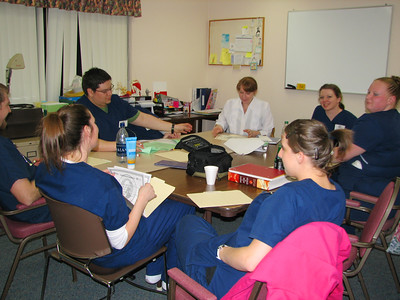Last week, I wrote about the Strada Educational Foundation report that analyzed community college student outcomes. The underlying survey delved into the experiences of more than 1,100 people who had enrolled in a community college at some point between 2008 and 2018.
One of the key findings was that there was a big difference between the goals of newly enrolled students and those aspirations a decade later. Upon enrollment, most community college students indicate that they intend to earn an associate degree or transfer to a four-year university to earn a bachelor’s degree.
Ten years after enrollment, however, fewer than four in ten students say that they enrolled because they intended to earn a degree. That shift between what students initially want and what they do afterward interests researchers in light of the steep declines in community college enrollment.
Statistically, most students who enter a two-year school with the intention of transferring to a four-year school either don’t transfer or don’t complete a four-year degree. That raises questions regarding the viability of community college transfer.
Not completing a degree has real consequences for students, especially for those who borrow to finance their studies. Education debt is persistent, and paying it off relies on the borrower finding a job that pays enough to manage it. Often, without a degree, borrowers cannot access higher paying jobs. The result is that former students struggle with debt that they can neither pay nor discharge.
According to the Strada report, of the 38% of people who initially said they enrolled in a community college to earn a degree, only 22% actually completed one. The percentages represent a large number of students. About 3 in 10 college students enroll at a community college.
Community college balance shifting to non-traditional students
Part of the challenge for community college students is that many of them aren’t traditional students. They don’t enroll immediately after high school; they have work and family obligations that may take precedence over studies; and they may not be sufficiently resourced to complete a degree.
Worse, they may not go into a program with a clear understanding of the time and financial commitments they’ll need to make to complete a degree program. For independent students, educational expenses may destabilize their ability to provide for their basic needs.
Among community college students, housing, transportation, and household expenses may claim an outsized percentage of their monthly income. That may leave little remaining to cover educational expenses. Additionally, they may not be able to cope with even relatively minor unexpected expenses. Or they may not recognize the financial implications of switching majors after completing some degree requirements. All these things can derail the possibility of completing a degree for independent students.
That raises questions about what community colleges can do to support independent students in their educational goals. In upcoming posts, I will look at what community colleges can and should do to help non-traditional students achieve their educational goals.
Photo Credit: Lower Columbia College , via Flickr


















